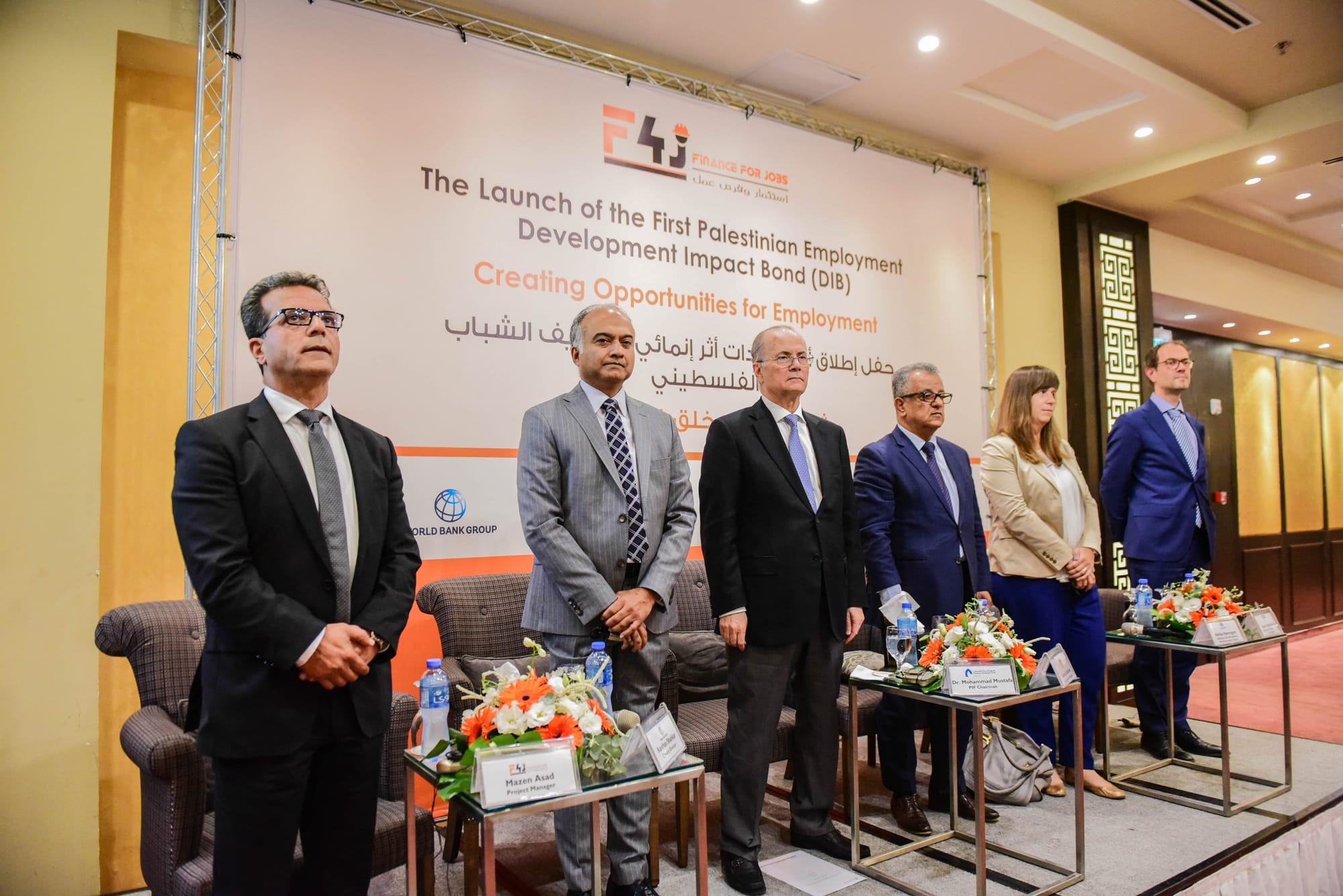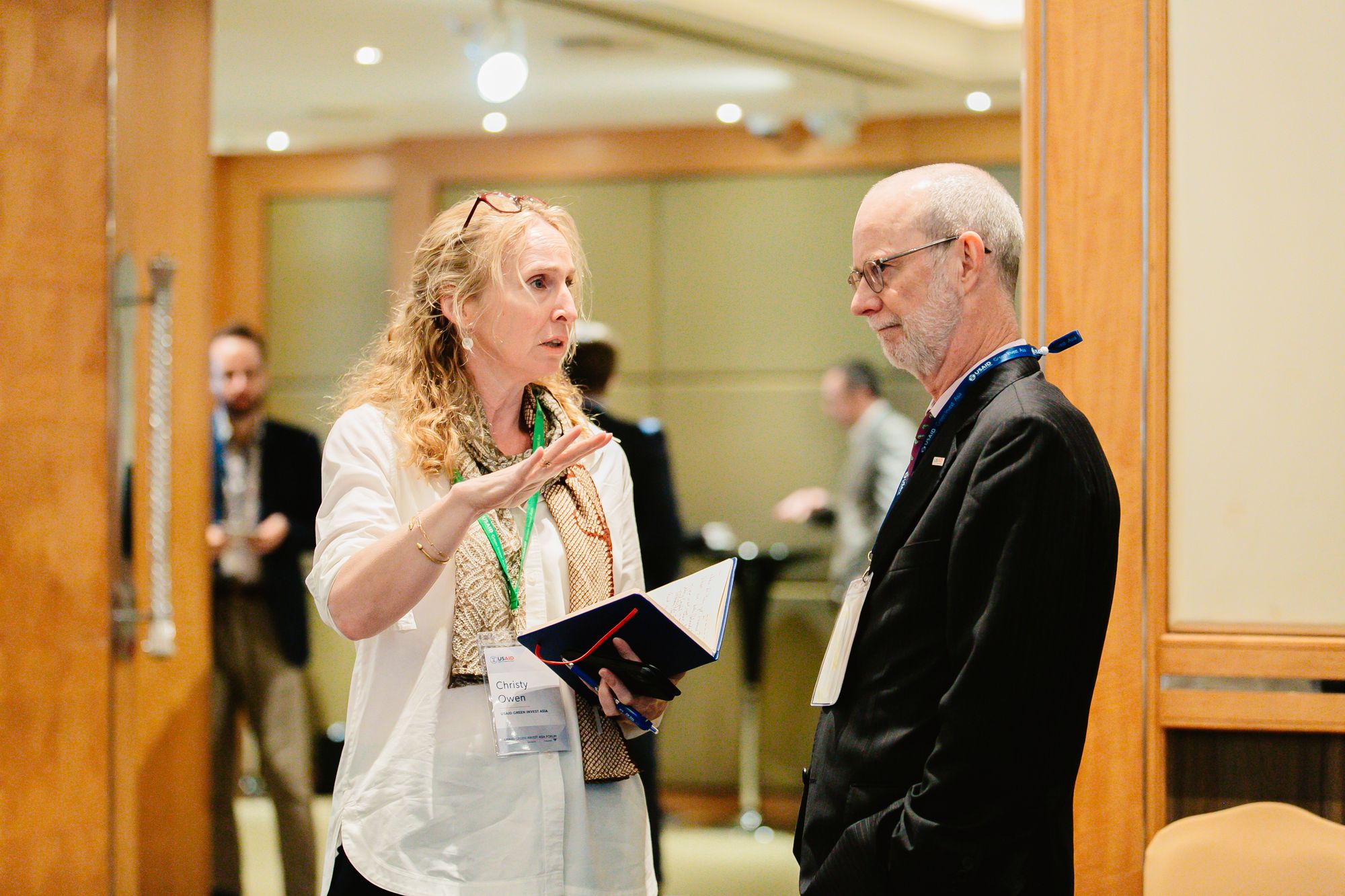We have just seven years left to achieve the Sustainable Development Goals (SDGs). Unfortunately, this work remains substantially underfinanced, with the annual financing gap to achieve the SDGs by 2030 estimated at $3.9 trillion.
Working together, governments, multilateral institutions, and the private sector could narrow this gap by means of blended finance. Bringing Official Development Assistance (ODA) and private investment together is the underlying goal of blended finance—the strategic use of development funds to mobilize private capital for financial returns and positive social and environmental outcomes.
The INVEST initiative was designed to test new approaches to blended finance on behalf of the U.S. Agency for International Development (USAID). As of March 2023, USAID had mobilized more than $1 billion in private capital for development through INVEST, working in 81 countries across a wide range of sectors, including agriculture, WASH, energy, infrastructure, and healthcare.
An area of significant experimentation has been catalytic funding—providing resources to an investment fund or financial vehicle to enable impactful transactions that may not have been viable without USAID intervention.
For instance, these resources can be used to offset startup or operational costs, helping to improve a fund’s overall viability. Or they might be used to create a “first-loss” layer within a fund, reducing risk for investors and making their participation possible.
USAID does not have the authority to invest directly in funds, so it provides catalytic funding through grants or contracts, enabling funds to mitigate risk and attract new investment for development goals.
Seeking Additionality
Blended finance has the potential to address multiple SDG categories, most notably income and livelihoods, equity and empowerment, access to basic products and services, and climate and environmental benefits. Driving more resources to these areas is a fundamental condition for sustainable development. Done effectively, USAID programs result in “additionality” that leads to long-term impact in these areas.
Additionality is defined as the achievement of an outcome that would not have happened without donor intervention. The prospect of generating additionality provides a rationale for donor engagement in blended finance; otherwise, donors run the risk of wasting resources on transactions or projects that would have been equally successful without their involvement.
As the INVEST experience has demonstrated, catalytic funding has significant potential, specifically when targeting underserved sectors and/or projects at a time of their lifecycle when they are unlikely to receive traditional investment.
Considering the massive funding gap for achieving the SDGs, financial leverage is of obvious importance for donors. However, leverage is not an end in itself; it is a pathway to human impact. A key element for designing effective catalytic funding strategies is understanding additionality beyond simple measures of financial leverage.
For example, catalytic funding can accelerate timelines for fund managers, diversify the sources of finance in a market, or support new financial intermediaries. Ultimately, these interventions should translate to better conditions for people and the planet, and harnessing investment is a means to these ends.
Using Catalytic Funding Across Sectors and Geographies
INVEST has now supported 16 funds and financial vehicles, testing and refining ways to use catalytic funding to reach the goals of USAID Missions around the globe. For example, through INVEST, USAID's Bureau for Resilience and Food Security supported startup and operating expenses for MCE Social Capital's Empowering Sustainable Agriculture (MESA) Fund.
While MCE has invested more than $280 million in debt capital using a philanthropic guarantor model, demand for the firm's capital exceeds supply. The MESA fund -- MCE's first fund structure -- bridges this gap. It is designed to help MCE access a larger, more diversified pool of capital and deploy it rapidly.

To help get the new investment vehicle off the ground, INVEST partner Open Capital Advisors provided support with portfolio construction, investor outreach materials, and developing the fund's financial model. MCE credits this advisory support, as well as the USAID stamp of approval, with attracting investors and speeding up the fund raise.
In March 2023, the Fund celebrated a first close of $19.5 million with anchor support from the U.S. International Development Finance Corporation and Ceniarth, alongside six other investors. A second close is expected within months.
MESA will provide debt capital to agribusinesses, with a focus on "missing middle" enterprises and financial services providers. The fund's investments will empower women in the agriculture sector, increase the climate resilience of smallholder farmers, and increase economic opportunity in local communities.
INVEST’s support to MESA is just one of many activities in its catalytic funding portfolio. Additional best practices, case studies, and lessons learned are available in this new learning brief: Mobilizing Private Investment for Development with Catalytic Funding.
INVEST is a USAID project managed by DAI. It is dedicated to mobilizing private capital for development.




